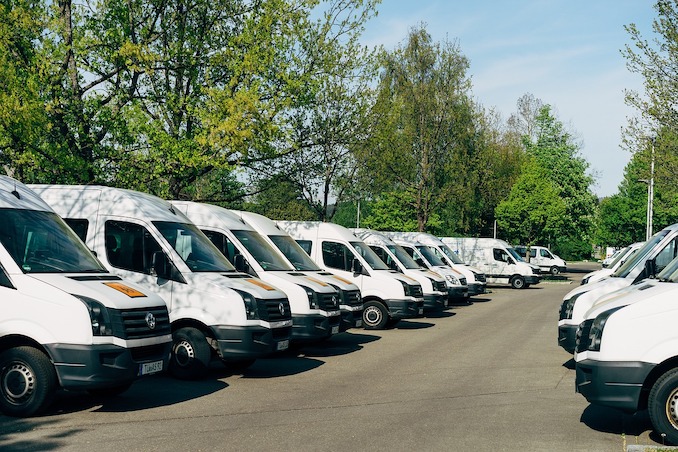Your commercial fleet is one of your organization’s most expensive and valuable assets. But maximizing it as a cash flow can be challenging. Having a consistent flow of cash can protect your fleet from financial issues, as well as unforeseen expenses. There are several ways you can maximize cash flow.

Use Telematics
Using the right fleet management solution can help you streamline and optimize operations, which can help you save money. Telematics is a more advanced fleet management solution and can include a range of systems. You can implement asset tracking, which can give you access to automated reports, real-time GPS, and diagnostics.
Understand Expenses
At the beginning of your startup journey, you are thinking about things like starting a small business website and finding funding for your operations. Once things are in motion, one of the most challenging aspects of fleet ownership is determining how much it costs you to own a vehicle. Understanding the total cost of ownership can help you streamline operations since you can make decisions based on data.
Understand the expenses related to each vehicle. You will want to understand tax law in your area. Work with accountants or attorneys, who may have a better idea of regulations. They can determine if your fleet’s current structure meets requirements. You may also need to stay on top of permits or licenses to ensure your fleet can be on the road legally. Depending on your area, these can add up and significantly impact your cash flow. The cost of insurance varies depending on your provider, so spend some time shopping around for the best value.
Many businesses do not pay for vehicles in full, and they may lease them or have borrowed money to pay for them. Assess your payments to make sure you are generating more income than expenses. As interest rates rise, double-check that you have fixed-rate ones instead of variable-rate ones. Review any other charges your contract may specify. Depreciation is an expense you can’t avoid, but it is possible to slow the pace at which your vehicles depreciate. Maintaining them well keeps them in good condition longer and can help offset this cost.
Optimize the Number of Vehicles
Of course, your business needs will determine how many vehicles and what types you need. But the more vehicles you have, the more your bottom line will be impacted by fuel prices, driving distance, and charging stations. If you have too many vehicles, you may be paying too much for these things. If you don’t have enough, you may not be able to meet business needs.
Optimize Plans Around Operating Expenses
You need to do a fleet management cost analysis thoroughly. Fuel is one of the highest costs around fleets, especially because you can’t control rising fuel prices. Still, it is possible to manage how much of this resource you use. Manage how you are consuming fuel to determine the cost per mile. You will also want to create a plan for replacing vehicles when necessary. It might not seem necessary to frequently replace vehicles, but there is a balance between operating your vehicles past their economic lifespan. It can result in higher maintenance costs, and they may not be as efficient, leading to increased fuel usage.

